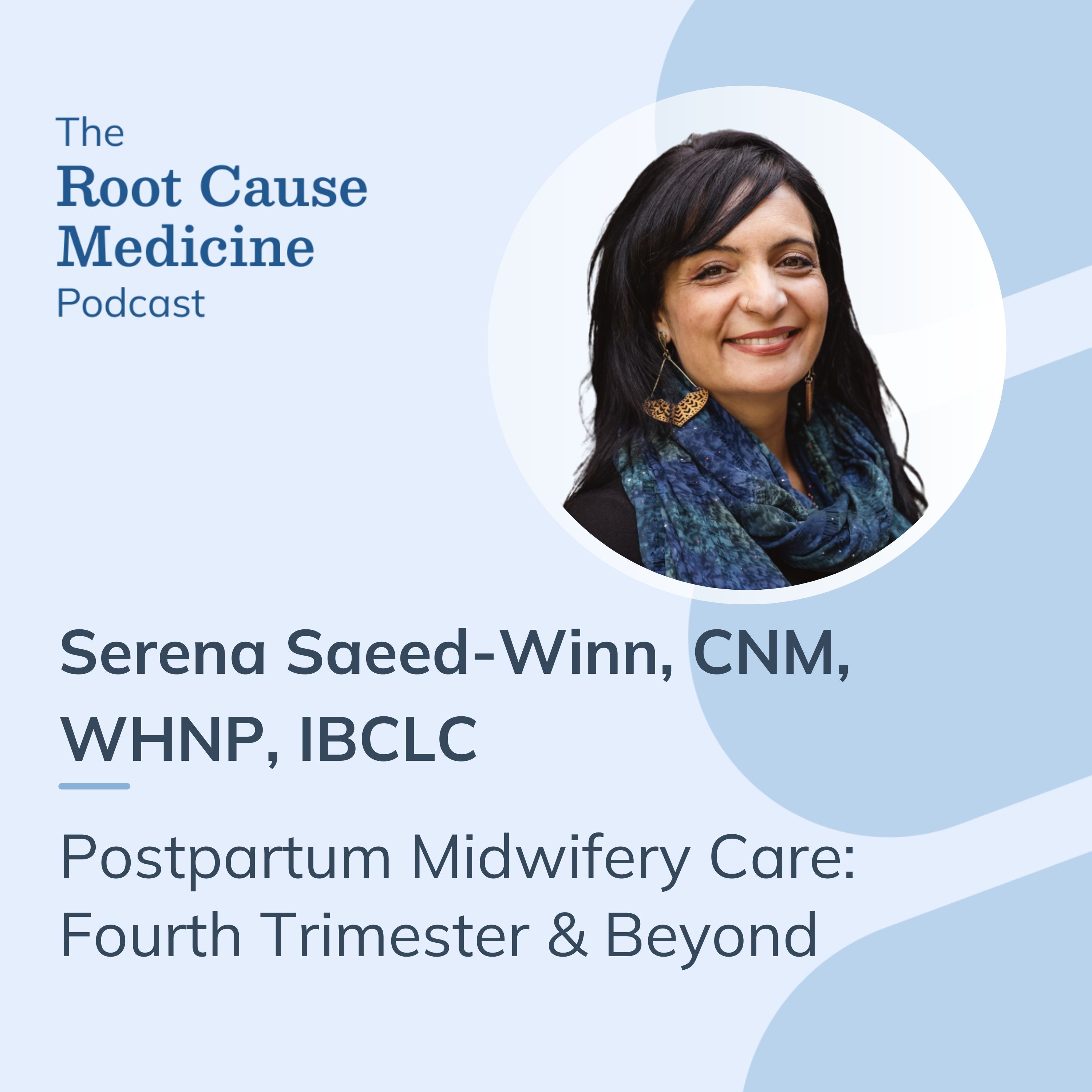Peptides, short chains of amino acids, play important roles in several biological processes, including hormone regulation, immune responses, and cell signaling. Peptides have been growing in interest in the weight loss and fitness communities, driven by their potential to influence metabolism, muscle growth, and fat management.
This article explores the role of peptides in weight management, examining their potential effectiveness, underlying mechanisms, and associated risks. It provides a comprehensive understanding of their possible benefits and limitations in the context of health and fitness.
[signup]
What Are Peptides?
Peptides play an essential role in cell signaling and regulating several physiological processes. A peptide is a short string of amino acids that act as signaling molecules to influence the body's production and regulation of hormones and neurotransmitters.
Proteins are also made of amino acids but are larger in structure and have a broader range of bodily functions. Peptides bind to receptors on the surface of cells to facilitate the secretion and regulation of hormones.
Types of Peptides
Peptides are commonly explored for their potential to enhance fitness, assist in weight management, and support metabolic health. Growth hormone secretagogues (GHS) are a class of peptides that may support weight management by stimulating the release of growth hormone. Growth hormone is involved in lipolysis, the process of breaking down stored fat into smaller molecules to use as energy, and protein synthesis, which may assist in muscle gain.
GLP-1 agonists are another class of peptides explored for weight management. They may help by supporting healthy glucose levels, enhancing insulin secretion, slowing gastric emptying, increasing glucose uptake in the muscles, and promoting satiety.
Peptides in the Body
Therapeutic peptides can act as hormones, neurotransmitters, and growth factors to support muscle growth, fat management, and energy levels. Peptides function by stimulating hormone receptors, inhibiting enzymes, modulating the immune system, supporting hormone balance, or exhibiting antimicrobial properties.
Recent scientific advancements have discovered peptides to have a wide range of applications. From weight management to modulating inflammation, supporting the body's defense against infections, and promoting healthy aging, peptides are versatile agents.
Common Peptides Used for Weight Management
Here are some peptides that are being explored for their potential to support weight management strategies and offer new hope for achieving sustainable results.
Glucagon-Like Peptide 1 (GLP-1) Agonists
GLP-1 agonists, such as semaglutide, are commonly prescribed for type 2 diabetes and are being explored for weight management. This peptide mimics the effect of the GLP-1 incretin hormone and increases the sensitivity of the beta cells in the pancreas to glucose.
GLP-1 agonists may support healthy glucose levels by increasing insulin secretion upon glucose intake. They may also support weight management by promoting satiety and delaying gastric emptying. When combined with exercise, individuals have reported increased fat management and reduced risk of hyperglycemia.
CJC-1295
CJC-1295 is a synthetically derived peptide that stimulates growth hormone release from the pituitary gland. Growth hormone is vital for growth and development.
Higher growth hormone levels have been associated with enhanced lean muscle mass and reduced fat tissue. CJC-1295 may support the breakdown of fat, increase overall energy, support muscle mass, and aid in weight management.
Sermorelin & Ipamorelin
Sermorelin is a synthetic peptide that may increase growth hormone release from the brain's anterior pituitary gland. Growth hormone helps regulate body composition by supporting metabolism, protein synthesis, and fat management.
Ipamorelin is a synthetic peptide that activates ghrelin receptors and binds to growth hormone receptors. By binding to growth hormone receptors, ipamorelin may support growth hormone release from the pituitary, potentially aiding in appetite regulation, fat management, and gastric emptying.
Scientific Evidence on Peptides for Weight Management
Long-term studies of GLP-1 agonists have shown beneficial results in managing weight and glucose control. Patients who took GLP-1 agonists long-term (1 year) have shown significantly lower hemoglobin A1c (HbA1c) levels and increased weight management.
Studies have also shown that GLP-1 agonists may improve quality of life and decrease cardiovascular risks such as high blood pressure and weight management.
Studies on sermorelin and ipamorelin suggest potential benefits for weight management, improved sleep, energy, and stamina, and improved symptoms related to hypogonadism. By potentially increasing growth hormone, sermorelin has been shown to support lean body mass, insulin sensitivity, and testosterone levels.
Research on ipamorelin suggests that it may support lean muscle mass by increasing insulin release. Researchers believe the increase in growth hormone and insulin from ipamorelin may contribute to its fat management benefits.
Risks and Potential Side Effects
The most common side effects of GLP-1 agonists include:
- Nausea
- Vomiting
- Diarrhea
- Dizziness
- Mild tachycardia
- Headaches
- Hypoglycemia
The following are contraindications of using GLP-1 agonists:
- Pregnancy
- Inflammatory bowel disease (IBD)
- Family history of thyroid cancer and multiple endocrine neoplasia
GLP-1 agonists are considered safe and effective, and the FDA has approved them for chronic weight management in adults and adolescents.
Growth hormone secretagogues such as ipamorelin and sermorelin are also considered safe. The most common side effects are:
- Irritation
- Itching
- Sensitivity
- Swelling
- Pain at the injection site
Increasing growth hormone levels may initially increase appetite, elevate blood sugar levels, and cause fluid retention. GH-promoting peptides should not be used in:
- Pregnancy or breastfeeding
- Individuals with untreated hypothyroidism
Regulations and Safety Concerns
Patients interested in peptide therapy should receive counseling from a trained doctor on the potential benefits, risks, and side effects. Since many peptides are not FDA-approved, it is vital to obtain the correct dosing regimen and education on administration when undergoing peptide therapy.
How Peptides Are Used for Weight Management
Peptides can be administered by injection, nasal spray, or oral capsules. Due to poor oral availability, GLP-1 agonists such as liraglutide and semaglutide are most commonly administered by subcutaneous injection. GLP-1 agonists may be given weekly or twice weekly, depending on the specific peptide.
Growth hormone secretagogues such as ipamorelin and sermorelin are most commonly given subcutaneously or intravenously. While some peptides are designed for oral delivery, it is most common to receive peptides through an injection due to their easy degradation by the digestive system.
Complementary Approaches
If you want to manage weight with peptide therapy, it is essential to integrate a balanced approach that includes dietary and lifestyle adjustments. The following are helpful tools to consider during any weight management protocol:
- Consider reducing alcohol, sugary drinks, and processed foods
- Consider a high-protein diet
- Focus on improving sleep quality
- Rule out medical conditions that may be associated with weight gain, such as hypothyroidism
- Increase physical activity
When to Consult a Healthcare Professional
If you are considering peptide therapy for weight management, it is advised to seek medical guidance on potential side effects, drug interactions, and management of underlying conditions. Regular follow-up appointments are necessary for management to assess glucose levels, kidney function, and weight.
Signs of Adverse Reactions
Injectable peptides may have side effects that require medical attention. The most common side effects associated with subcutaneous injection:
- Pain
- Redness
- Bleeding
- Swelling at the injection site
Very rarely, infections at the injection site may occur. To minimize side effects, consult a healthcare provider on the proper technique for injections.
[signup]
Key Takeaways
- Peptide therapy is an emerging tool for weight management due to its potential to support glucose levels, metabolism, and growth hormone stimulation.
- It is critical to seek medical supervision when starting peptide therapy to ensure adequate dosing, safety, and monitoring of underlying conditions.
- All weight management regimens should include healthy diet and lifestyle choices.












%201.svg)







